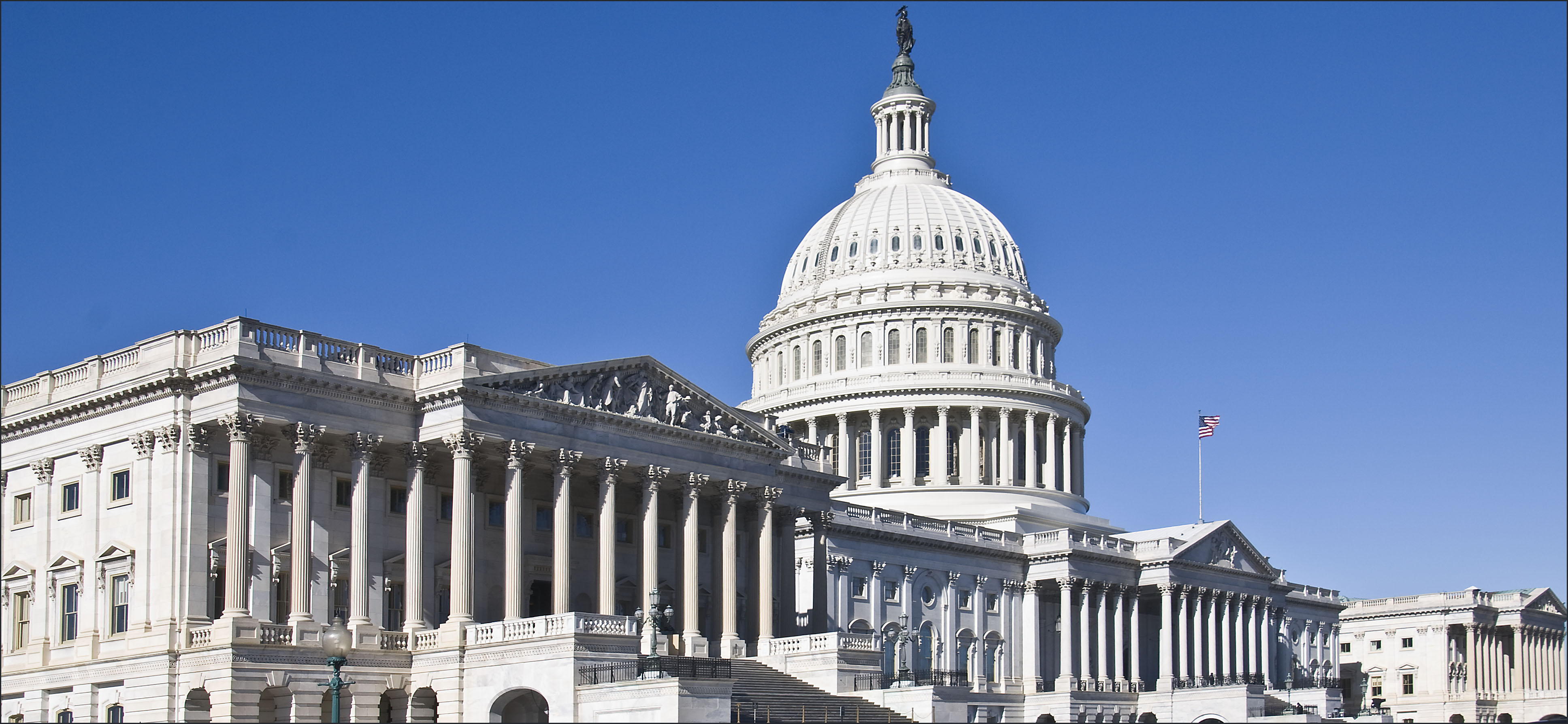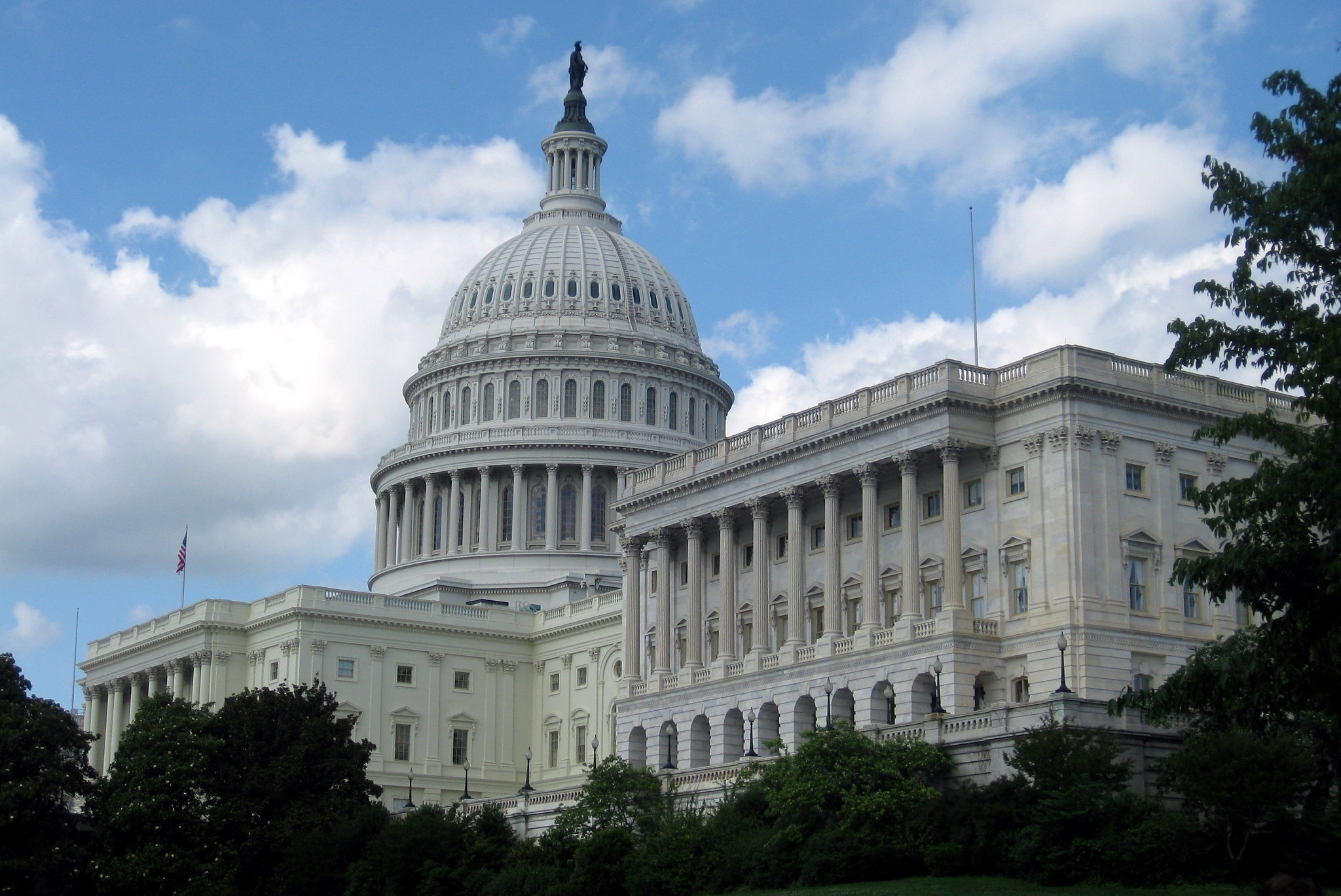An Explanation of the DHS Privacy Policy Behind Review Group Recommendation #14
Benjamin Wittes, in his post Assessing the Review Group Recommendations: Part IV, questioned Recommendation #14 of the Report and Recommendations of the President’s Review Group on Intelligence and Communications Technologies, remarking that he “would love to hear from readers who have more granular thoughts on what application of the Privacy Act to non-US
Published by The Lawfare Institute
in Cooperation With

Benjamin Wittes, in his post Assessing the Review Group Recommendations: Part IV, questioned Recommendation #14 of the Report and Recommendations of the President’s Review Group on Intelligence and Communications Technologies, remarking that he “would love to hear from readers who have more granular thoughts on what application of the Privacy Act to non-US persons would mean in practice.”
Recommendation #14 reads:
 The policy in question is Privacy Policy Guidance Memorandum (PPGM) 2007-1, “DHS Privacy Policy Regarding Collection, Use, Retention, and Dissemination of Information on Non-U.S. Persons”, issued January 19, 2007, and revised on January 7, 2009. The policy is simple and straightforward, and administratively extends Privacy Act coverage to non-US persons in “mixed systems of records”; that is Privacy Act systems containing the personal data of US and non-US persons.
Under the Privacy Act of 1974, the government is required to publish in the Federal Register notices of its “systems of records”, groups of records in which information about individuals is retrieved by an individual’s name or some other unique individual identifier. Absent consent of the individual, an agency may not release an individual’s Personally Identifying Information (“PII”), unless one of twelve statutory exemptions applies. 5 U.S.C. § 552a(b)(1)-(12). Additionally, individuals have the right to see what information an agency has on them, and they may petition to have the information corrected if it is not accurate, relevant, timely, or complete. The concern is that the coercive power of government may be brought to bear on the individual based on faulty information. Significantly, the Privacy Act provides wide latitude for law enforcement (LE) and intelligence community (IC) use of PII, and these agencies may exempt themselves from certain aspects of the Privacy Act, though they must still publish notices of all of their systems of records.
Underlying the Privacy Act is the Fair Information Practice Principles (FIPP), also known as the Fair Information Practices. Most, if not all, privacy laws around the world are based on a version of the FIPPs and I recommend Bob Gellman’s excellent paper, Fair Information Practices: A Basic History, for those wanting to better understand the FIPPs, the differences in various expressions of the FIPPs, and the significance of FIPPs globally.
The specific FIPPs upon which the Privacy Act is based are found in the July 1973 report of the Secretary's Advisory Committee on Automated Personal Data Systems, U.S. Department of Health, Education & Welfare titled, Records, Computers and the Rights of Citizens Report of the Secretary’s Advisory Committee on Automated Personal Data Systems, Chapter III, Safeguards for Privacy:
The policy in question is Privacy Policy Guidance Memorandum (PPGM) 2007-1, “DHS Privacy Policy Regarding Collection, Use, Retention, and Dissemination of Information on Non-U.S. Persons”, issued January 19, 2007, and revised on January 7, 2009. The policy is simple and straightforward, and administratively extends Privacy Act coverage to non-US persons in “mixed systems of records”; that is Privacy Act systems containing the personal data of US and non-US persons.
Under the Privacy Act of 1974, the government is required to publish in the Federal Register notices of its “systems of records”, groups of records in which information about individuals is retrieved by an individual’s name or some other unique individual identifier. Absent consent of the individual, an agency may not release an individual’s Personally Identifying Information (“PII”), unless one of twelve statutory exemptions applies. 5 U.S.C. § 552a(b)(1)-(12). Additionally, individuals have the right to see what information an agency has on them, and they may petition to have the information corrected if it is not accurate, relevant, timely, or complete. The concern is that the coercive power of government may be brought to bear on the individual based on faulty information. Significantly, the Privacy Act provides wide latitude for law enforcement (LE) and intelligence community (IC) use of PII, and these agencies may exempt themselves from certain aspects of the Privacy Act, though they must still publish notices of all of their systems of records.
Underlying the Privacy Act is the Fair Information Practice Principles (FIPP), also known as the Fair Information Practices. Most, if not all, privacy laws around the world are based on a version of the FIPPs and I recommend Bob Gellman’s excellent paper, Fair Information Practices: A Basic History, for those wanting to better understand the FIPPs, the differences in various expressions of the FIPPs, and the significance of FIPPs globally.
The specific FIPPs upon which the Privacy Act is based are found in the July 1973 report of the Secretary's Advisory Committee on Automated Personal Data Systems, U.S. Department of Health, Education & Welfare titled, Records, Computers and the Rights of Citizens Report of the Secretary’s Advisory Committee on Automated Personal Data Systems, Chapter III, Safeguards for Privacy:
We recommend that, in the absence of a specific and compelling showing, the US Government should follow the model of the Department of Homeland Security [DHS], and apply the Privacy Act of 1974 in the same way to both US persons and non-US persons.
I decided to respond to Mr. Wittes’ request since my team and I issued the DHS policy at the heart of Recommendation #14 during my tenure as DHS’s Chief Privacy Officer. The policy in question is Privacy Policy Guidance Memorandum (PPGM) 2007-1, “DHS Privacy Policy Regarding Collection, Use, Retention, and Dissemination of Information on Non-U.S. Persons”, issued January 19, 2007, and revised on January 7, 2009. The policy is simple and straightforward, and administratively extends Privacy Act coverage to non-US persons in “mixed systems of records”; that is Privacy Act systems containing the personal data of US and non-US persons.
Under the Privacy Act of 1974, the government is required to publish in the Federal Register notices of its “systems of records”, groups of records in which information about individuals is retrieved by an individual’s name or some other unique individual identifier. Absent consent of the individual, an agency may not release an individual’s Personally Identifying Information (“PII”), unless one of twelve statutory exemptions applies. 5 U.S.C. § 552a(b)(1)-(12). Additionally, individuals have the right to see what information an agency has on them, and they may petition to have the information corrected if it is not accurate, relevant, timely, or complete. The concern is that the coercive power of government may be brought to bear on the individual based on faulty information. Significantly, the Privacy Act provides wide latitude for law enforcement (LE) and intelligence community (IC) use of PII, and these agencies may exempt themselves from certain aspects of the Privacy Act, though they must still publish notices of all of their systems of records.
Underlying the Privacy Act is the Fair Information Practice Principles (FIPP), also known as the Fair Information Practices. Most, if not all, privacy laws around the world are based on a version of the FIPPs and I recommend Bob Gellman’s excellent paper, Fair Information Practices: A Basic History, for those wanting to better understand the FIPPs, the differences in various expressions of the FIPPs, and the significance of FIPPs globally.
The specific FIPPs upon which the Privacy Act is based are found in the July 1973 report of the Secretary's Advisory Committee on Automated Personal Data Systems, U.S. Department of Health, Education & Welfare titled, Records, Computers and the Rights of Citizens Report of the Secretary’s Advisory Committee on Automated Personal Data Systems, Chapter III, Safeguards for Privacy:
The policy in question is Privacy Policy Guidance Memorandum (PPGM) 2007-1, “DHS Privacy Policy Regarding Collection, Use, Retention, and Dissemination of Information on Non-U.S. Persons”, issued January 19, 2007, and revised on January 7, 2009. The policy is simple and straightforward, and administratively extends Privacy Act coverage to non-US persons in “mixed systems of records”; that is Privacy Act systems containing the personal data of US and non-US persons.
Under the Privacy Act of 1974, the government is required to publish in the Federal Register notices of its “systems of records”, groups of records in which information about individuals is retrieved by an individual’s name or some other unique individual identifier. Absent consent of the individual, an agency may not release an individual’s Personally Identifying Information (“PII”), unless one of twelve statutory exemptions applies. 5 U.S.C. § 552a(b)(1)-(12). Additionally, individuals have the right to see what information an agency has on them, and they may petition to have the information corrected if it is not accurate, relevant, timely, or complete. The concern is that the coercive power of government may be brought to bear on the individual based on faulty information. Significantly, the Privacy Act provides wide latitude for law enforcement (LE) and intelligence community (IC) use of PII, and these agencies may exempt themselves from certain aspects of the Privacy Act, though they must still publish notices of all of their systems of records.
Underlying the Privacy Act is the Fair Information Practice Principles (FIPP), also known as the Fair Information Practices. Most, if not all, privacy laws around the world are based on a version of the FIPPs and I recommend Bob Gellman’s excellent paper, Fair Information Practices: A Basic History, for those wanting to better understand the FIPPs, the differences in various expressions of the FIPPs, and the significance of FIPPs globally.
The specific FIPPs upon which the Privacy Act is based are found in the July 1973 report of the Secretary's Advisory Committee on Automated Personal Data Systems, U.S. Department of Health, Education & Welfare titled, Records, Computers and the Rights of Citizens Report of the Secretary’s Advisory Committee on Automated Personal Data Systems, Chapter III, Safeguards for Privacy:
- There must be no personal-data record-keeping systems whose very existence is secret;
- There must be a way for an individual to find out what information about him is in a record and how it is used;
- There must be a way for an individual to prevent information about him obtained for one purpose from being used or made available for other purposes without his consent;
- There must be a way for an individual to correct or amend a record of identifiable information about him; and
- Any organization creating, maintaining, using, or disseminating records of identifiable personal data must assure the reliability of the data for their intended use and must take reasonable precautions to prevent misuse of the data.



-final.png?sfvrsn=b70826ae_3)
